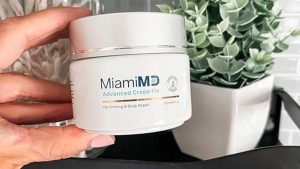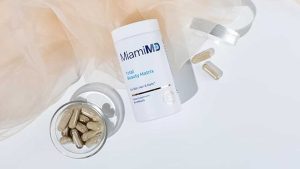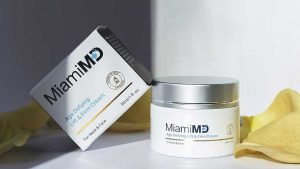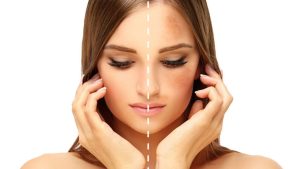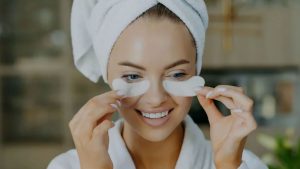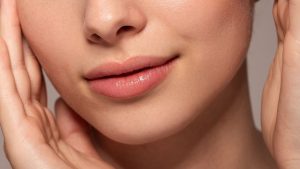Hydration vs. Moisture- Which is Better For Your Skin?
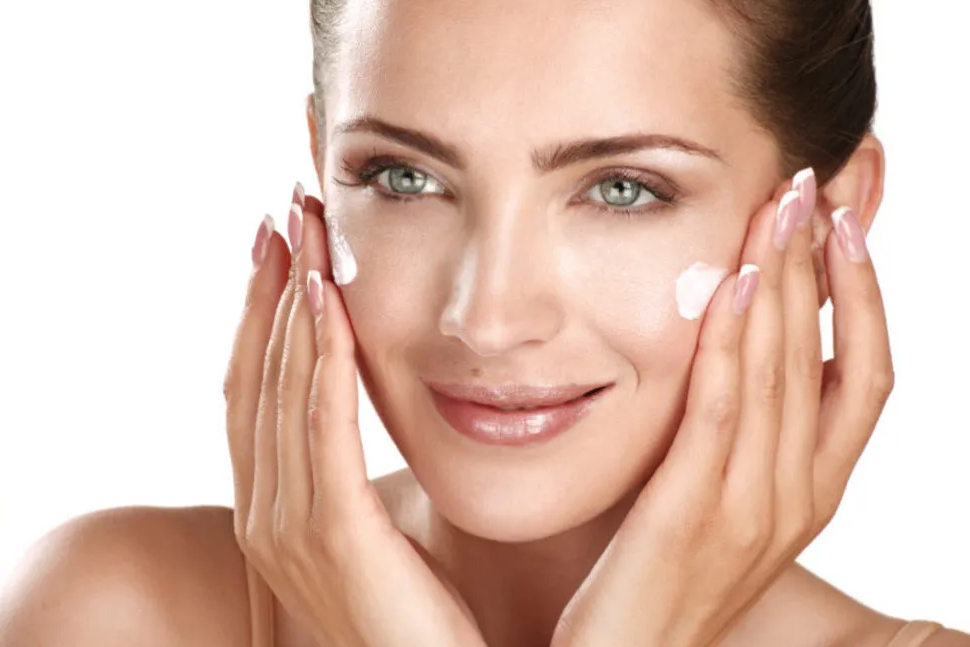
Navigating the world of skincare can get messy- and not from the creams. Things can get confusing when terms like “hydration” and “moisture” are used interchangeably. They are two very different things. Yet the skincare industry tends to blur the lines between them.
To know what is best for your skin, it’s important to understand their differences. Find out what makes hydration different from moisture. And what your skin truly needs to be at its radiant, dewy best.
What is The Difference Between Hydration and Moisture?
Believe it or not, these two are very different things. While hydration and moisture may seem cut from the same cloth, they aren’t per se. But the skincare realm does like to use the two words interchangeably. It makes it more difficult to choose what’s right for our skin.
While they both have an end goal of making your skin healthier, they have very different jobs. They work in completely different ways with different results for your skin.
Hydration is deeper than the skin’s surface. Hydration products are typically water-based. Hydrating products work by drawing water in from the environment. They attract water molecules and help to retain water in the skin.
Hydrating products also prevent trans-epidermal water loss. This is when water is lost from the skin’s surface to the environment. Hydration strengthens the skin barrier and prevents the loss of water. Essential for a dewy and plump complexion.
Moisturizing products are typically oil-based. They act as a skin seal, locking in water on the skin’s surface creating a barrier. This barrier locks in the moisture, preventing it from evaporating into the environment. By sealing in moisture, moisturizers help to maintain the skin’s hydration levels.
Hydrating Ingredients
Skincare products that hydrate the skin will contain humectants. They work to draw water in from the atmosphere, or the deeper layers of the skin. All to ensure the skin is hydrated and well-protected.
Examples of hydrating ingredients (humectants) are:
- Hyaluronic Acid
- Glycerin
- Sodium Hyaluronate
- Urea
- Alpha Hydroxy Acids (AHAs)
Moisturizing Ingredients
But to make matters a bit more confusing, humectants can also be moisturizing. But when it comes to moisturizing ingredients, look out for the following.
Examples of moisturizing ingredients are:
Emollients
They primarily work by providing a protective layer on the skin. Sealing in moisture and preventing water loss.
Examples of emollients are:
- Plant Derived Oils
- Butters
- Squalene
Occlusives
They create a seal over the skin, which helps to trap hydration. This prevents it from evaporating into the environment. They are beneficial for those with dry skin and a compromised skin barrier.
Examples of occlusives are:
- Petrolatum (Petroleum Jelly)
- Beeswax
- Shea Butter
- Mineral Oil
- Lanolin
- Silicones
Protein Rejuvenators
Ingredients that aim to support the skin’s natural repair processes. They target proteins within the skin such as:
- Collagen
- Elastin
- Keratin
Does Your Skin Need Hydration or Moisture?
So now we know the difference between hydration and moisture, what does your skin need? You will often find that skincare products include both hydration and moisturizing ingredients. They often are formulated with overlapping components.
They both can be beneficial for the skin. But it’s important to know whether your skin is dry, or dehydrated. And what you need more of in your skincare routine.
The Difference Between Dry and Dehydrated Skin
Dry skin is a skin type characterized by a lack of sebum and oil production. It is often genetic and tends to be a long-term skin condition.
Common signs of dry skin are:
- Rough, flaky patches
- Itchiness
- Tightness
- Dullness
- Prone to sensitivity and irritation
Dehydrated skin is often a temporary condition related to water loss in the skin, rather than a lack of oil. It is not skin type dependent meaning any skin type can be dehydrated. It is usually caused by external factors such as excessive cleansing or weather.
Common signs of dehydrated skin are:
- Dullness
- Tightness
- Fine lines or wrinkles
- Loss of skin elasticity
- Increased sensitivity
How to Choose What’s Right For Your Skin
If your skin is showing signs that is dry, it needs moisture. Look for skincare products that replenish moisture and nourish the skin’s barrier. Avoid harsh cleansers and opt for gentle, soothing skincare products. This should help to reduce symptoms.
If your skin is showing signs of dehydration, it needs water. Not just drinking it (but hey, that’s good for you, and your skin too). Look for skincare products that contain humectants like hyaluronic acid and glycerin.
Hydration and moisture are two different things. But they both provide beauty-boosting benefits to the skin.
You can use both in your skincare routine. Using a humectant to draw in water to the skin for hydration. And a moisturizer to seal the deal (literally). Sealing in the water and keeping the skin plump, dewy, and moisturized.
Advanced Crepe Fix is the triple-threat combination that has everything your skin needs. To finally win the battle against dehydrated, dry, and aging skin. A humectant for hydration. Fractionated coconut oil for moisture. And ribose to increase elastin and collagen. The necessary proteins for your skin to stay radiant, healthy, and youthful.
Finally
Hydration vs. Moisture, who comes out on top? Well, that’s down to your skin and its needs. But you will likely benefit from the best of both worlds.
Choose humectants to restore your skin’s hydration. And choose moisturizing ingredients to lock in water. And your skin will have all it needs to be at its very best.
Sources:
